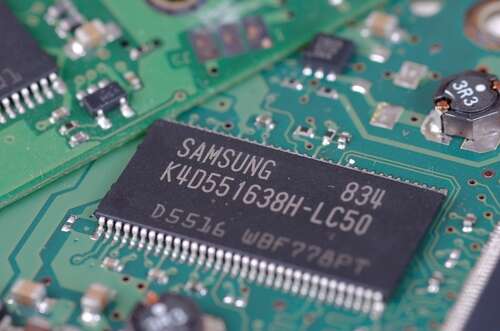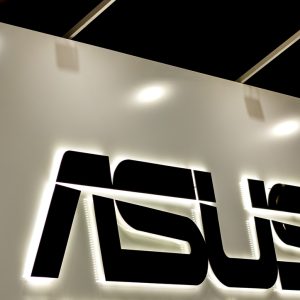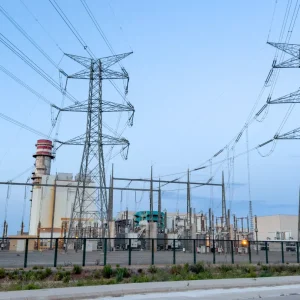
Samsung will spend $230bn on new chipmaking facilities in South Korea over the next 20 years to create what is being described by the country’s government as the world’s largest centre for semiconductor production. It is part of a wider scheme to bolster domestic chip manufacturing capabilities in South Korea.

The plan includes building five factories and attracting other semiconductor-related businesses to join a cluster at Samsung’s base near Seoul. The company is looking to surround itself with parts and equipment makers, R&D businesses and fabless chipmakers – companies that design chips but don’t have production facilities of their own.
South Korea semiconductor plan: chips are an ‘economic battlefield’
The investment is part of a $420bn semiconductor investment plan, first announced by the South Korean government in 2021 at the height of the global chip shortage.
Though the shortages have since abated in many industries, with demand for chips in consumer devices having fallen as the economy slows down, many semiconductor manufacturers are continuing to increase capacity to shore up supply chains in case of future shortages. Demand for chips to power datacentres and specialist workloads such as artificial intelligence is also expected to remain high as more and more providers offer AI tools to their customers.
South Korea is already one of the world’s leading chip hubs, thanks in part to Samsung, which is one of only two companies, along with Taiwan’s TSMC, capable of manufacturing leading-edge chips used for AI workloads and devices such as smartphones. Samsung and another Korean company, SK Hynix, also dominate the memory chip market.
Other parts of the world are looking to boost domestic capacity when it comes to semiconductors, with the US offering generous subsidies to chipmakers through the CHIPS and Science Act, and the European Union has launched its €42bn Chips Act to try and stimulate semiconductor growth on the continent.
South Korea has no intention of being left behind. “The economic battlefield, which recently began with chips, has expanded. Countries are providing large-scale subsidies and tax support,” said President Yoon Suk Yeol earlier today.
“[We] must support private investments to ensure further growth. The government must provide location, R&D, manpower, and tax support.”
Indeed, the government had previously announced it will offer tax breaks and incentives for chip businesses, fund the training of 36,000 new staff, and spend $1.3bn on semiconductor R&D, while encouraging local authorities in the area around Samsung’s headquarters, known as the K-Semiconductor Belt, to invest in water and power supplies to support manufacturers.
Samsung plans to cement its chipmaking prowess
While the plan will undoubtedly help the South Korean economy, Samsung will be hoping the new facilities will give it a boost in its battle for chipmaking supremacy with TSMC, which is currently the market leader when it comes to semiconductor production.
Last year it became the first company to launch production of 3nm chips, the world’s smallest semiconductors which offer power and efficiency improvements over previous generations. However, TSMC has since launched its own 3nm process, and last week it was reported that the Taiwanese company has also nabbed a major Samsung customer, having persuaded Qualcomm to produce its new Snapdragon 7+ Gen 1 chip using TSMC’s 4nm process.
With this in mind, it’s no wonder that Samsung is planning to splash the cash. It also has more short-term investment plans, having announced last year it will spend $15bn on chip R&D over the next six years. Building work is already underway on a new development centre at its headquarters.
“We expect this new beginning will lay the foundation for sustainable growth of our semiconductor business,” Samsung Electronics president and CEO Kye Hyun Kyung said at the time.






